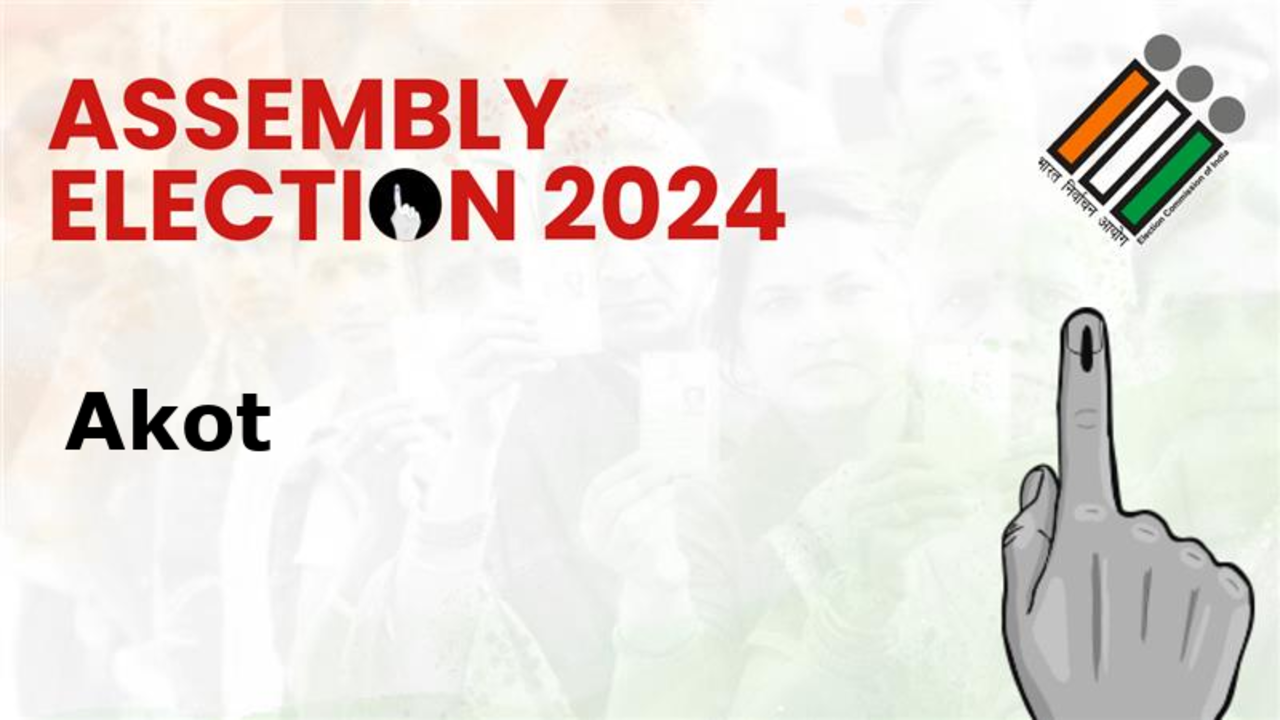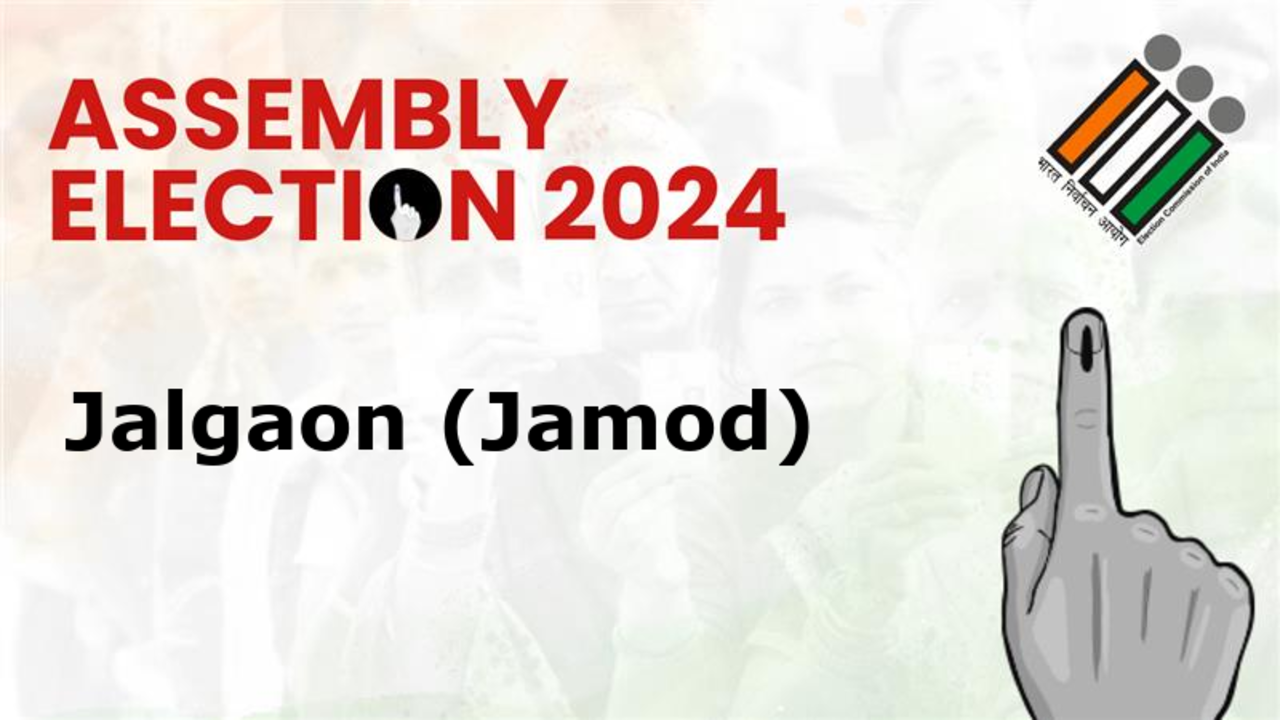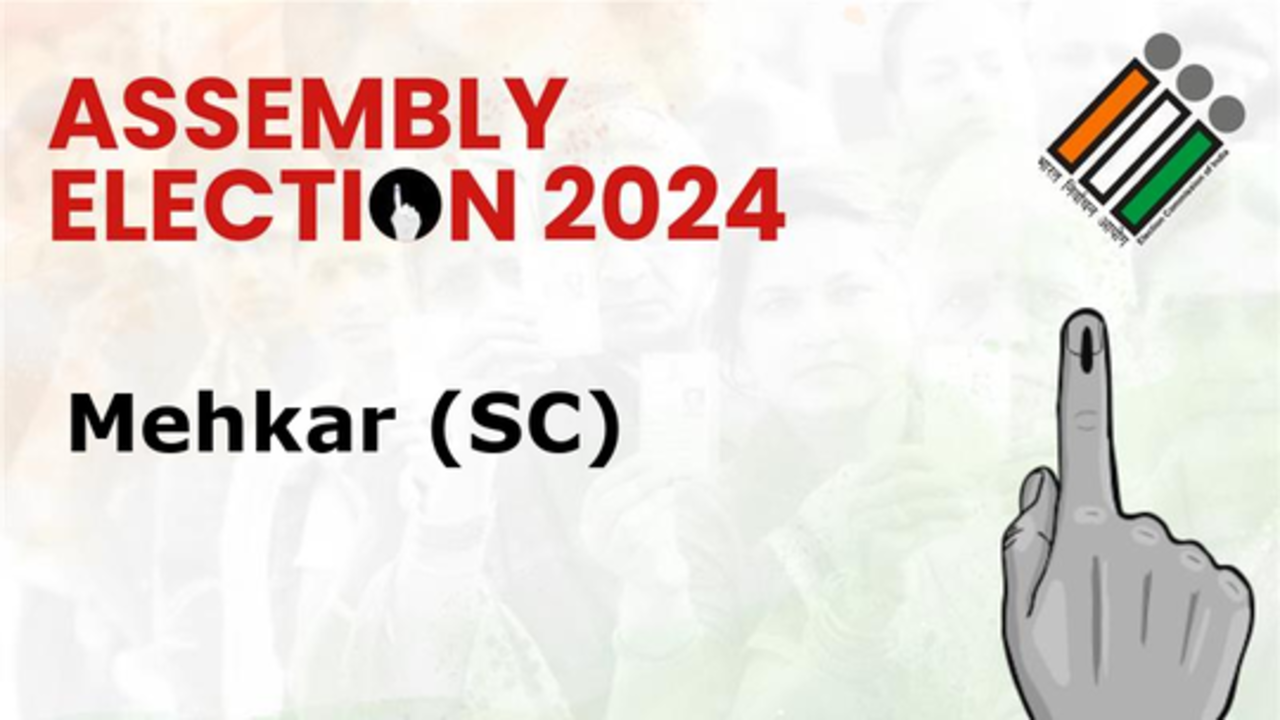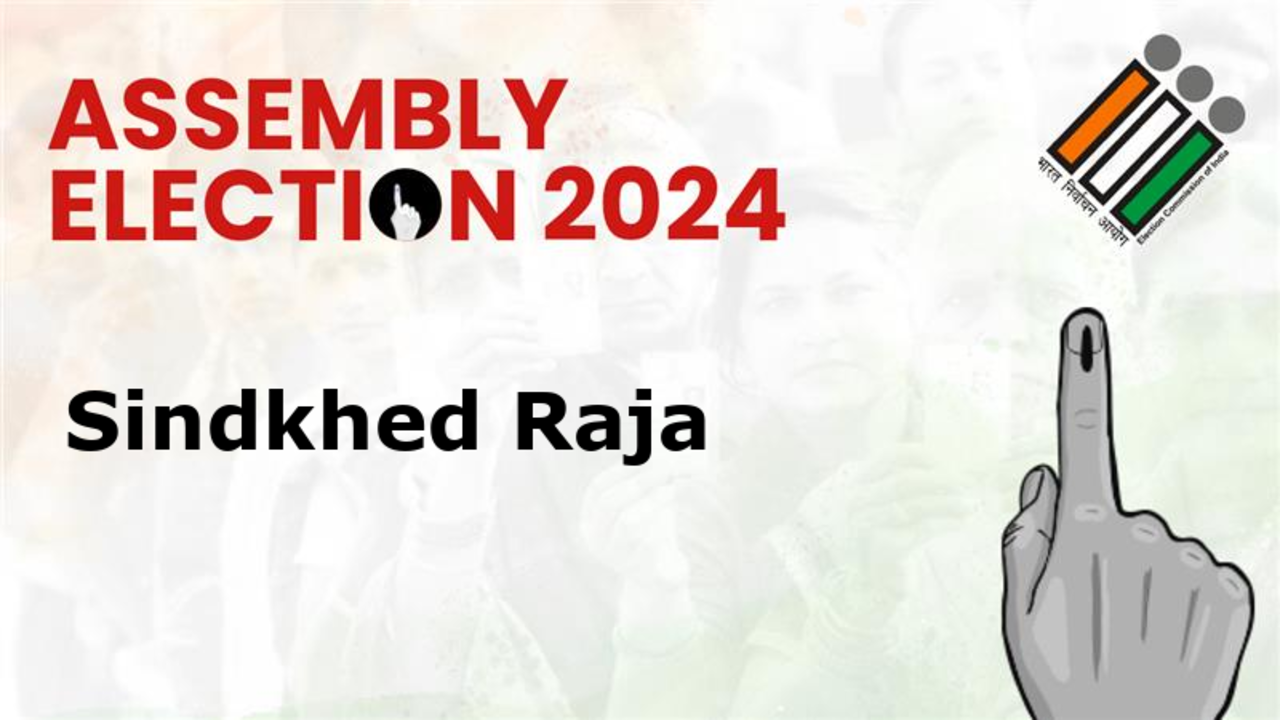
FROM THE MARGINS An average of 20 typhoons hit the Philippines every year. But climate change is making them stronger, more frequent, and harder to predict. Just last week, Tropical Storms “Marce” and “Nika” battered Northern Luzon, even as we were bracing for Typhoons “Ofel” and “Pepito.
” These successive typhoons came in the wake of Severe Tropical Storm “Kristine” and Super Typhoon “Leon,” whose back-to-back onslaught in October killed more than a hundred people, displaced millions of individuals, and caused billions-worth of damages to agriculture and infrastructure. Year after year, Filipinos face the worsening challenges of disasters and climate change. According to the 2004 World Risk Report, the Philippines has the highest world risk index (WRI) out of 193 countries.
We have held this record for the last three years — a grim reality that highlights the country’s exposure to natural hazards (we are located in the Typhoon Belt and along the Pacific Ring of Fire) and the challenges of preparing for disasters and rebuilding communities in the aftermath. Joining hands We must join hands to prepare for climate change. The government needs to recalibrate our disaster risk reduction programs, strengthen the capacities of local government units (LGUs), and involve communities in disaster preparedness.
Apart from constructing multi-purpose buildings that could serve as evacuation centers, we need to invest in climate-proof infrastructures and social safety nets, since it is always the poor and vulnerable population that bears the brunt of natural calamities. Public-private sector partnerships must be encouraged to mobilize resources to develop renewable energy, climate-resistant infrastructure, and advanced technologies, like early warning systems and hazard maps that could guide LGUs and citizens to move to safer places before disasters strike. Technology can help us minimize loss of life and property.
All of us should also contribute to sustainability efforts. Ordinary citizens need to be involved in disaster mitigation and given the means to cope. Microinsurance Disaster risk reduction should involve the community.
Microfinance clients — mostly from the poor and vulnerable sectors — must be trained in disaster preparedness and provided safety nets to facilitate post-disaster recovery. Government-led relief and rehabilitation programs are good, but reliance on government assistance is not sustainable. People must be enabled to help themselves.
Microfinance institutions (MFIs) have played a pivotal role in introducing microinsurance to help provide safety nets to low-income families. Through their partnerships with microinsurance mutual benefit associations (Mi-MBAs) and insurance companies, they offer a broad range of products: disaster insurance, business interruption insurance, property insurance, life and health insurance, agricultural insurance, and others – enabling clients to insure not only their lives and livelihoods, but also their houses and properties. Of the many financial innovations that MFIs introduced, I am most proud of the Philippines’ robust microinsurance industry, which provides risk protection services to millions of poor Filipinos.
As global discussions on financial inclusion focus on closing the protection gap and increasing the resilience of vulnerable populations, our home-grown Mi-MBAs serve as a model for other countries to emulate. Covering nanay The importance of grassroots involvement in disaster preparedness and recovery is captured in a book that we launched early this year. “Covering Nanay: the Philippine Microinsurance Journey,” the book tells the story of CARD Pioneer Microinsurance Inc.
(CMPI), the country’s first non-life microinsurance company, which is a joint venture between CARD MRI (a microfinance/microinsurance organization) and Pioneer Insurance (a commercial insurance company). At the heart of this story are the women microfinance clients, the Nanays who serve as pillars of their families and communities. As microinsurance agents and coordinators, they educate their fellow members and other women in their communities about the importance of microinsurance.
They provide support to affected members and ensure the fast processing of claims – factors that propelled CMPI from ground zero to insuring millions of clients from low-income families. I co-authored this book with Pioneer’s Lorenzo Chan, Jr. and Pia Benitez Yupangco.
Our aim is to demonstrate that insurance can be understood, valued, and utilized by millions of Filipinos, especially the most vulnerable. We wanted to show that we can serve low-income groups, covering a market that traditionalists once doubted. Today, our sustainable microinsurance business stands as a global reference point for success in the microinsurance sector.
We launched this book at Fully Booked bookstore and during the Microfinance Council of the Philippines’ annual conference. We also featured them in two recently-held international seminars: the Global Microinsurance Conference in Nepal and the Biennial Conference of the International Cooperative and Mutual Insurance Federation (ICMF) in Buenos Aires. Ultimately, “Covering Nanay” is a story of empowerment—showcasing the transformative impact of microinsurance on individuals and communities.
It reflects the hope and resilience of millions who, despite the typhoons that battered their lives, have found a way to rise again, fortified by the safety net that microinsurance provides. * * * “The Earth is a fine place and worth fighting for.” – Ernest Hemingway (Dr.
Jaime Aristotle B. Alip is a poverty eradication advocate. He is the founder of the Center for Agriculture and Rural Development Mutually-Reinforcing Institutions (CARD MRI), a group of 23 organizations that provide social development services to eight million economically-disadvantaged Filipinos and insure more than 27 million nationwide.
).














